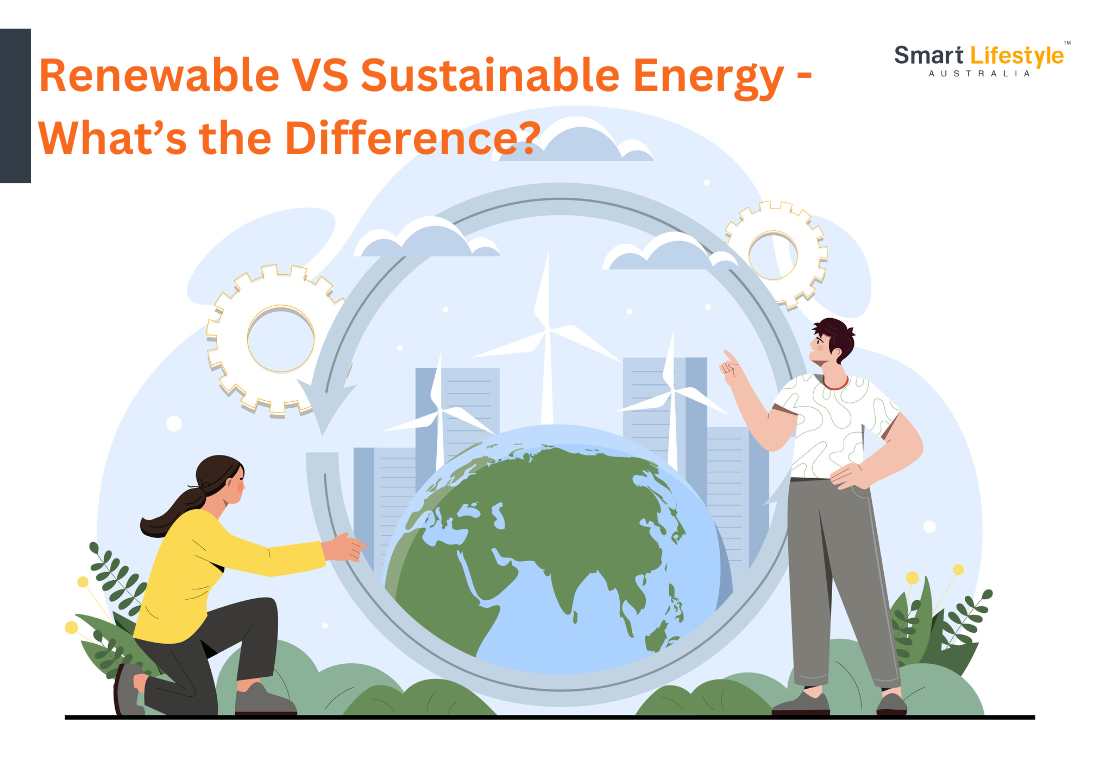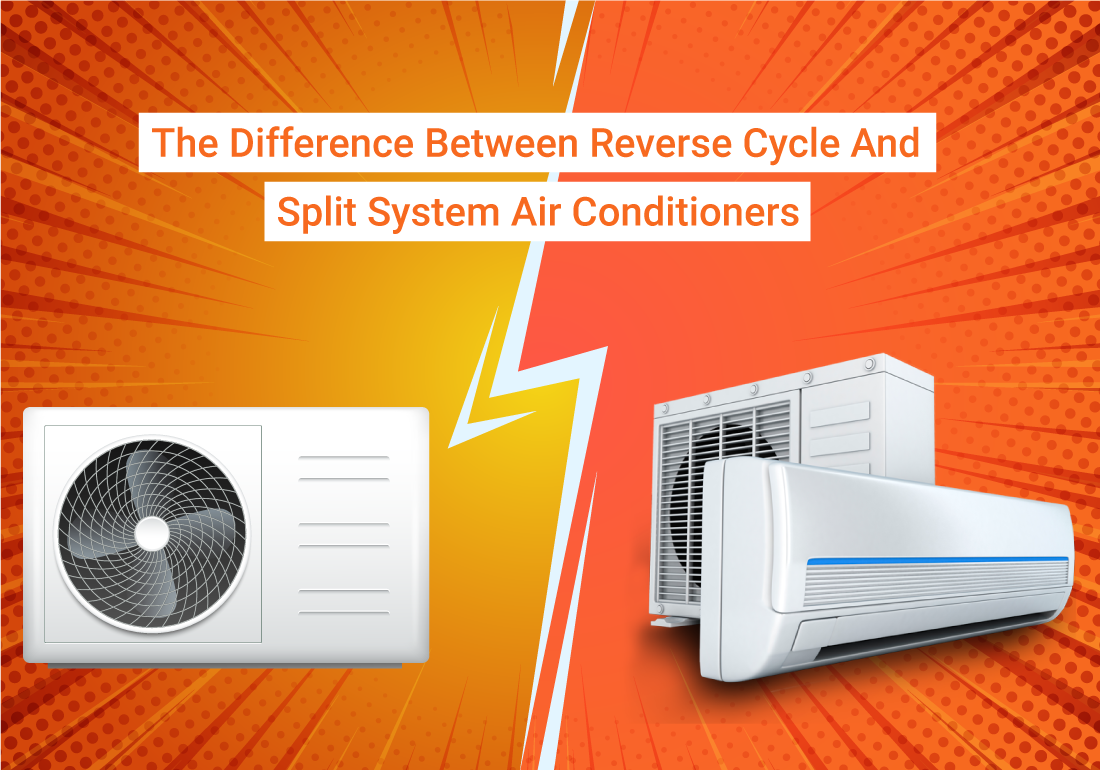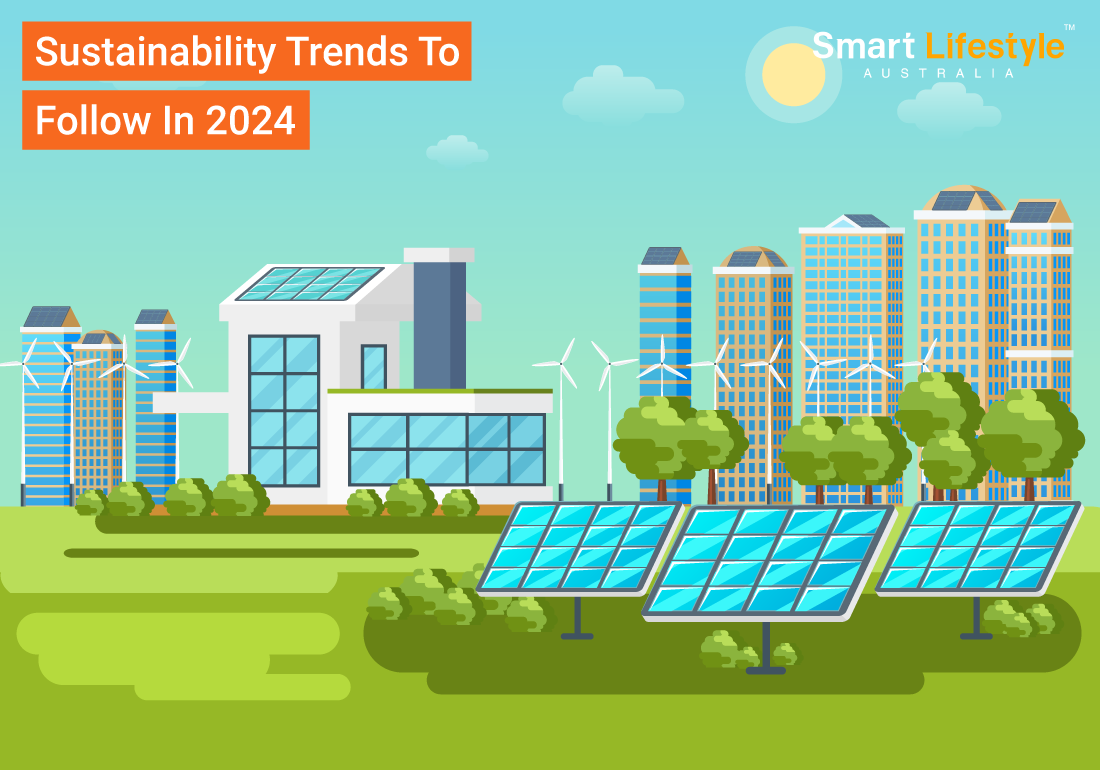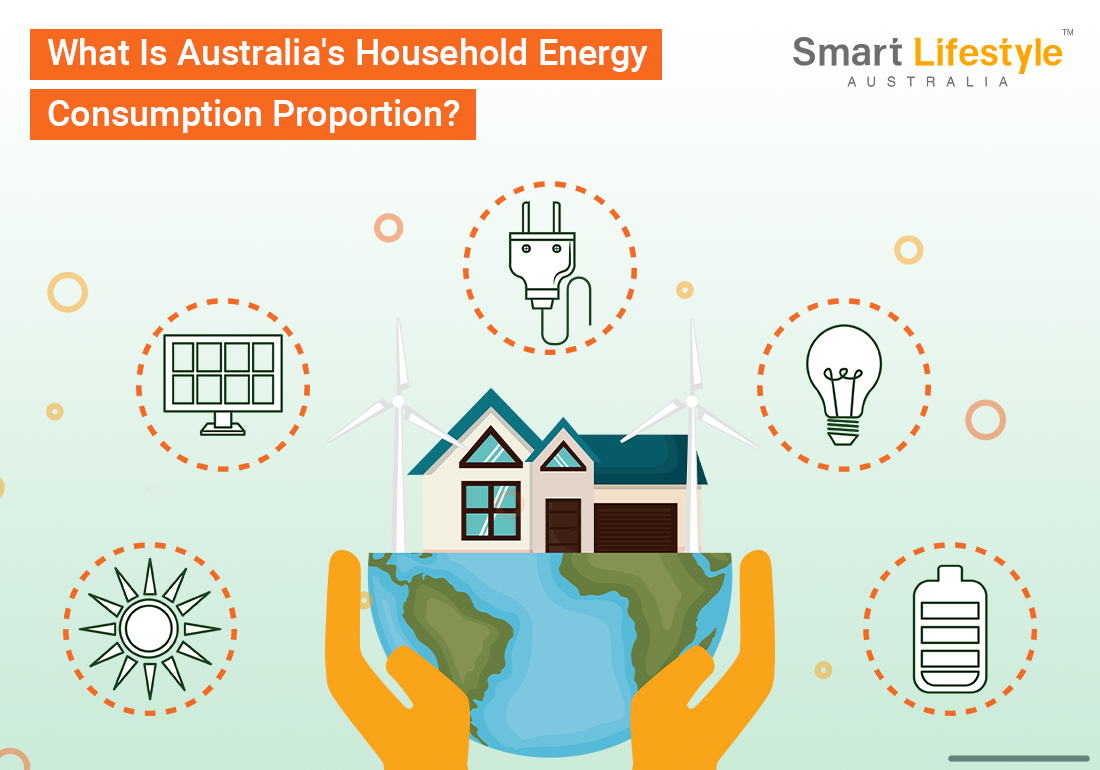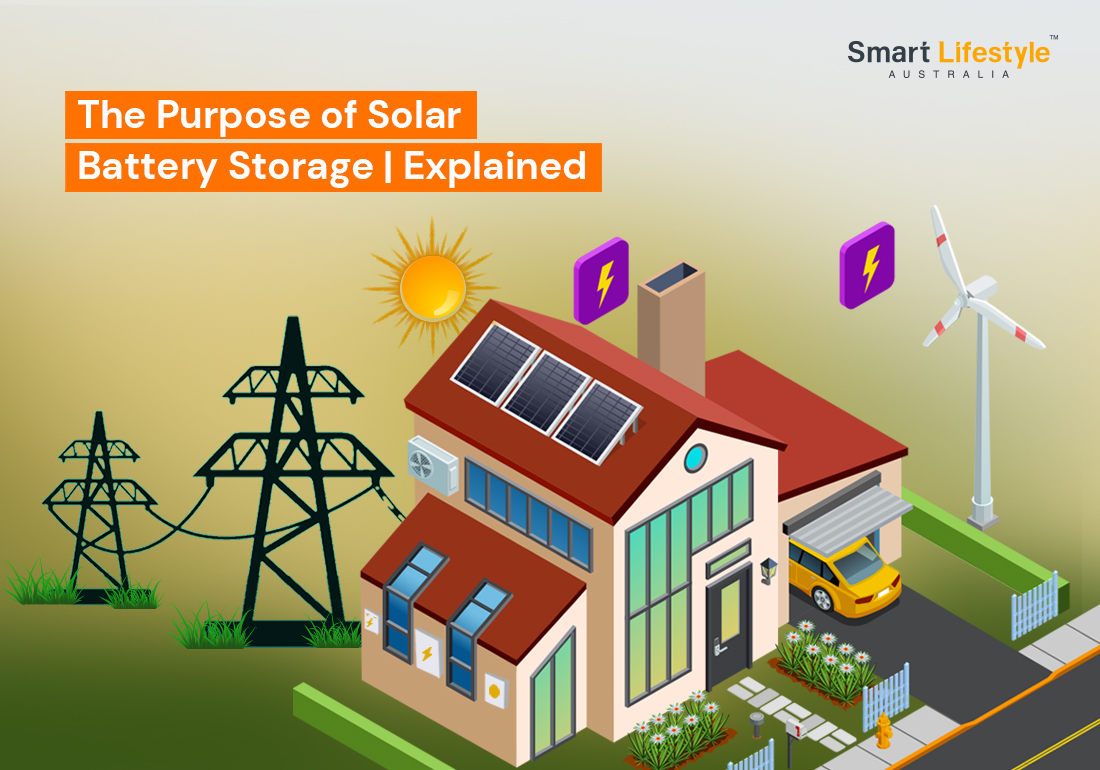Imagine a world where our energy needs are met without harming the planet. A world where we harness the power of nature to fuel our lives and leave a thriving environment for future generations behind. This vision is not merely a dream but a tangible reality that we can work towards by embracing renewable and sustainable energy. In our quest for a greener future, we often hear the terms “renewable energy” and “sustainable energy” thrown around. While these terms are often used interchangeably, they have distinct meanings. What sets them apart? What’s the debate of renewable vs sustainable energy?
Let’s embark on a journey of understanding, where we’ll uncover the true essence of renewable energy and sustainable energy.
We’ll go beyond buzzwords and delve into the scientific foundations that differentiate these two concepts. By exploring their unique characteristics and examining their potential impacts, we’ll gain a comprehensive understanding of their roles in shaping the energy landscape in this very blog post.
Renewable Energy: Harnessing Nature's Abundance
The fundamental characteristic of renewable energy lies in its ability to harness natural resources that are naturally replenished over relatively short periods of time. These resources can include sunlight, wind, water, geothermal heat, and biomass. By tapping into these sources, renewable energy technologies aim to convert the energy contained within them into usable forms, such as electricity or heat.
One significant benefit of renewable energy is its ability to lessen our dependency on fossil fuels and lessen the negative effects of their extraction and burning on the environment. Renewable energy sources often have lower or even zero emissions than fossil fuels, which helps to fight climate change, enhance air quality and lessen the burden on your pocket. Fossil fuels, on the other hand, generate greenhouse gas emissions when burned.
The highest absolute growth in renewable energy capacity additions ever, or 107 gigawatts (GW), is projected to occur in 2023, reaching more than 440 GW. This is greater than the total installed electricity capacity of Germany and Spain put together (Source). Two-thirds of this year’s predicted increase in worldwide renewable capacity comes from solar PV capacity, which includes both big commercial solar and small distributed systems.
Here are a few examples of renewable energy sources:
- Solar Power: Solar panels capture sunlight and convert it into electricity.
- Wind Power: Wind turbines harness the kinetic energy of the wind to generate electricity.
- Hydropower: Energy is produced by harnessing the flow of water in rivers, dams, or tides.
- Geothermal Energy: Utilizes the heat from beneath the Earth’s surface to generate electricity or provide heating and cooling.
- Biomass: Organic matter such as agricultural waste or dedicated energy crops is converted into biofuels or burned to produce heat or electricity.

Sustainable Energy: A Holistic Approach
Sustainable energy refers to the production and utilization of energy in a manner that meets present needs without compromising the ability of future generations to meet their own energy needs. It is an approach that considers the environmental, social, and economic aspects of energy production, consumption, and management throughout the entire energy lifecycle.
At its core, sustainable energy aims to achieve a balance between meeting the current energy demands of society and minimizing negative impacts on the environment. It recognizes the finite nature of resources and seeks to promote energy efficiency, conservation, responsible resource management, and equitable access to energy.
Sustainable energy encompasses various principles and practices. One fundamental aspect is energy efficiency, which focuses on minimizing energy waste by using technologies and practices that reduce energy consumption while maintaining desired outputs. Energy conservation is also crucial, emphasizing the wise and efficient use of energy resources to reduce overall demand.
Another key principle is responsible resource management. Sustainable energy promotes the use of resources in a manner that avoids depletion and degradation. It encourages the adoption of practices that minimize environmental impact, such as responsible extraction methods, land-use planning, and waste management strategies.
Social equity and inclusivity are integral components of sustainable energy. It recognizes the importance of ensuring equitable access to affordable, reliable, and clean energy for all. This involves addressing energy poverty, promoting energy access in underserved areas, and considering the social implications of energy projects, such as job creation and community engagement.
Economic viability is another essential consideration in sustainable energy. It involves assessing the economic feasibility and long-term viability of energy projects, taking into account factors such as investment costs, operational expenses, and potential returns. Sustainable energy recognizes the importance of balancing economic growth and development with environmental and social objectives.
Here are a few key elements of sustainable energy:
- Energy Efficiency: Reducing energy waste through efficient technologies and practices.
- Conservation: Preserving energy resources by reducing consumption and optimizing energy use.
- Lifecycle Analysis: Assessing the environmental impact of energy sources from extraction to disposal.
- Social Equity: Ensuring equal access to affordable and reliable energy for all communities.
- Economic Viability: Balancing the costs and benefits of energy production and consumption.
Renewable vs. Sustainable Energy: The Overlap and Distinctions
While sustainable energy encompasses renewable energy, not all renewable energy is necessarily sustainable. Renewable energy sources, such as solar and wind, have significant environmental benefits and contribute to reducing greenhouse gas emissions. However, the sustainability of the entire energy system depends on various factors, including resource extraction, manufacturing, transportation, and waste management.

For example, the production of solar panels and wind turbines requires raw materials, manufacturing processes, and transportation, which may have associated environmental impacts. Additionally, improper disposal of renewable energy infrastructure at the end of its life could result in environmental harm.
Sustainable energy systems consider these factors and strive to minimize negative impacts by incorporating energy efficiency measures, recycling initiatives, and responsible waste management practices. They also seek to address social equity and economic viability, ensuring that access to clean and affordable energy is available to all.
Key Differences of Renewable VS Sustainable Energy
Here’s a table summarizing the key differences between renewable energy and sustainable energy:
| Renewable Energy | Sustainable Energy | |
|---|---|---|
| Definition | Energy sources that are naturally replenished and can be used without depletion of resources. | Energy systems that consider environmental, social, and economic factors throughout the entire lifecycle. |
| Focus | Environmental impact of energy sources. | Holistic approach encompassing environmental, social, and economic considerations. |
| Examples | Solar power, wind power, hydropower, geothermal energy, biomass. | Energy efficiency, conservation, lifecycle analysis, social equity, economic viability. |
| Environmental Impact | Generally positive, as renewable sources have lower greenhouse gas emissions compared to fossil fuels. | Considers the entire energy system, including resource extraction, manufacturing, transportation, and waste management. Strives to minimize negative impacts. |
| Social Equity | Not explicitly addressed in the definition. | Aims to provide equal access to affordable and reliable energy for all communities. |
| Economic Viability | One of the cheapest power options in most parts of the world today. | Balances the costs and benefits of energy production and consumption. |
| Scope | Focuses on the energy source itself. | Considers the entire energy system and its lifecycle, from extraction to disposal. |
| Goal | Reduce dependence on fossil fuels and mitigate climate change. | Meet current energy needs without compromising the ability of future generations to meet their own needs. |
| Overall Perspective | Lessening the dependency on fossil fuel with natural processes. | Broader perspective, taking into account environmental, social, and economic factors. |
Renewable Energy VS Sustainable Energy - Which is Better?
Determining whether renewable energy or sustainable energy is better is not a matter of one being inherently superior to the other. Rather, they are complementary concepts that work together to address different aspects of our energy systems and environmental challenges. Here’s a breakdown:
Renewable Energy: Renewable energy sources have significant environmental benefits compared to fossil fuels. They help reduce greenhouse gas emissions, improve air quality, and promote energy independence. By harnessing natural resources that are constantly replenished, renewable energy contributes to a cleaner and more sustainable energy mix. However, the sustainability of the entire energy system depends on various factors beyond the energy source itself.
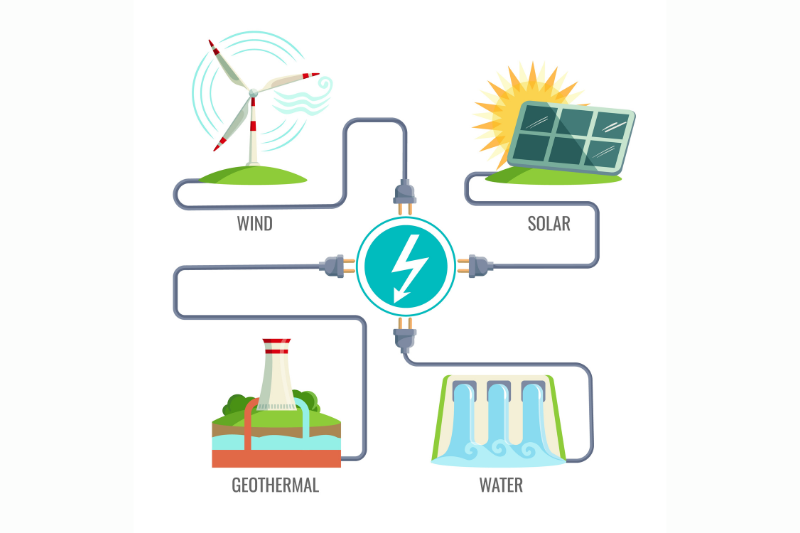
Sustainable Energy: Sustainable energy takes a broader approach that considers environmental, social, and economic factors throughout the entire energy lifecycle. It emphasizes energy efficiency, conservation, responsible waste management, social equity, and economic viability. Sustainable energy aims to strike a balance between meeting present energy needs and ensuring the ability of future generations to meet their own needs. It looks at the entire system, including the extraction of resources, manufacturing, transportation, and the disposal of infrastructure.
In practice, achieving a sustainable energy system requires integrating renewable energy sources, energy efficiency measures, conservation practices, responsible resource management, and equitable access to energy. It involves making informed decisions that prioritize long-term environmental and social well-being while maintaining economic viability.
Rather than comparing renewable and sustainable energy as better or worse, it is more productive to view them as interconnected components of a comprehensive approach to energy transition. By combining renewable energy sources with sustainable practices and policies, we can work towards a more resilient, clean, and equitable energy future.
Ultimately, the goal should be to create energy systems that are both renewable and sustainable, ensuring a balance between meeting current energy needs and safeguarding the well-being of the planet and future generations.

In summary, while renewable energy focuses on utilizing naturally replenishing resources, sustainable energy takes a broader approach by considering the environmental, social, and economic impacts of energy systems. Renewable energy is a crucial component of sustainable energy, but sustainability requires a more holistic perspective that looks beyond the energy source itself.
By adopting such energy practices, we can make meaningful strides towards a greener and more equitable future, ensuring a balance between our energy needs and the well-being of our planet and future generations.
